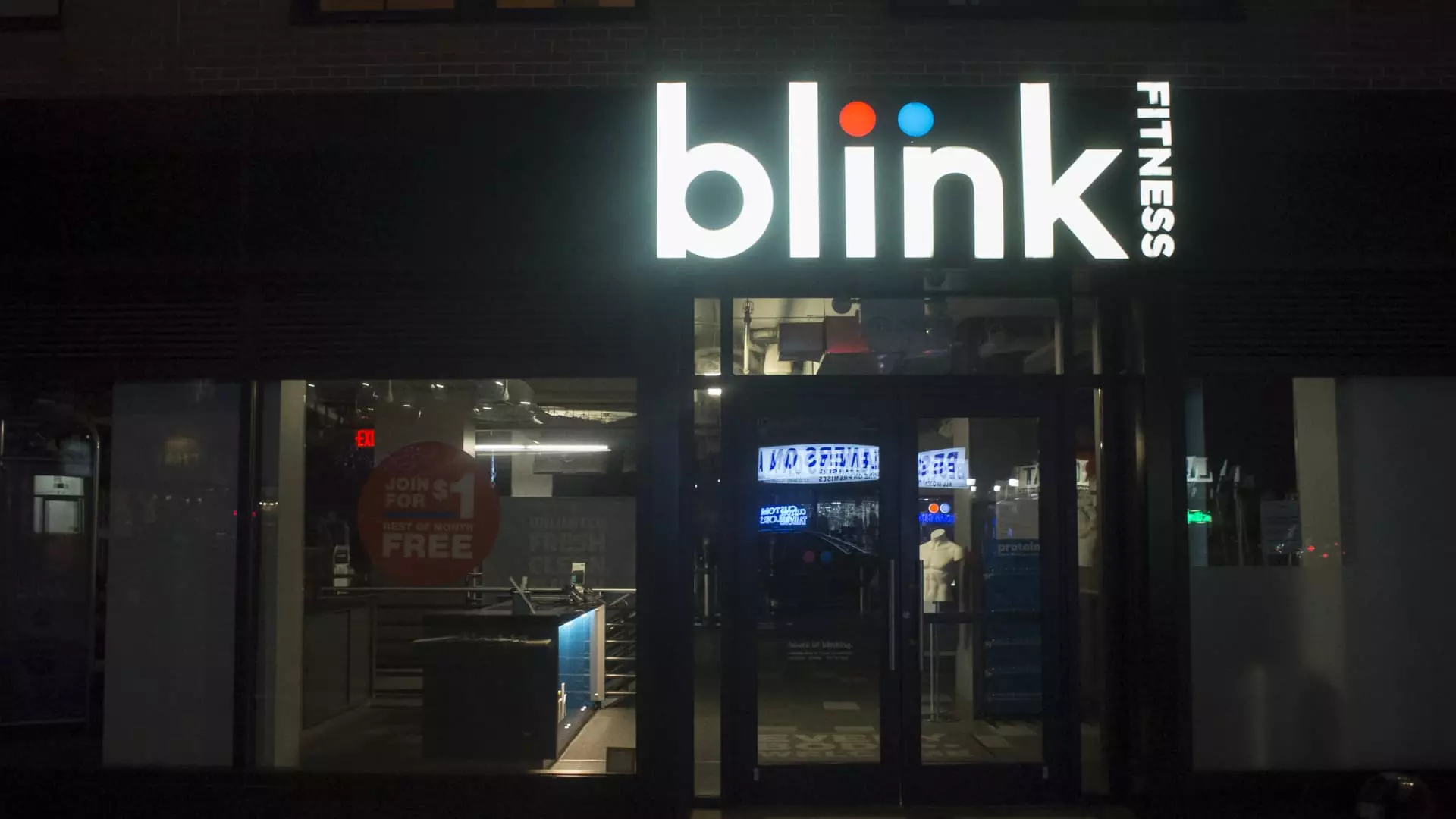The recent news of Blink Fitness, a budget-friendly gym chain owned by luxury fitness company Equinox Group, filing for Chapter 11 bankruptcy protection has sent shockwaves through the fitness industry. With over 100 centers in the U.S., Blink Fitness is now facing the same fate as other well-known gym chains such as New York Sports Club, 24 Hour Fitness, and Gold’s Gym, who have also sought bankruptcy post-pandemic. The company has revealed that its assets and liabilities are valued at $100 million and $500 million, respectively, signifying a significant financial strain.
Despite the challenging circumstances, Blink Fitness has announced its plans to sell its business and continue operating its fitness centers during the sale process. This strategic move, as stated by Guy Harkless, CEO and president of Blink Fitness, aims to optimize the company’s footprint and secure a sale that will pave the way for long-term success. The decision to file for Chapter 11 bankruptcy was made after thorough evaluation by the Board and management team, signaling a commitment to restructure the company’s financial foundation.
Equinox Group, the parent company of Blink Fitness, has also been actively working to improve its financial standing. In March, Equinox completed a $1.8 billion funding round, with a portion of the funds allocated to refinance its $1.2 billion debt. The luxury fitness center saw a significant revenue increase of 27% in 2023 and has witnessed a nearly full return to pre-pandemic membership levels. Equinox’s ambitious plans include opening more than two dozen new locations globally, showcasing its commitment to growth and expansion.
In a competitive market dominated by budget gym chains, Blink Fitness faces challenges in pricing and membership growth. With membership fees ranging from $17 to $39 per month, Blink competes with industry giants like Planet Fitness, which raised its base membership price to $15 per month. Despite Blink’s efforts, Planet Fitness reported a 7% year-over-year membership growth in the second quarter, reaching a total of 19.7 million members. The success of Planet Fitness highlights the intense competition and evolving consumer preferences in the fitness industry.
A recent CNBC/Generation Lab Youth and Money Poll revealed intriguing insights into consumer spending habits related to exercise and fitness. The poll, targeting individuals aged 18 to 34 in the U.S., indicated that one-third of Americans in this age group spend between $1 and $50 a month on exercise, while 47% report spending “nothing at all.” This data underscores the importance of pricing strategies and value propositions in attracting and retaining gym members, especially in a post-pandemic landscape.
The journey of Blink Fitness serves as a cautionary tale for businesses in the fitness industry, highlighting the complexities of financial management, market competition, and consumer behavior. As the company navigates through its Chapter 11 bankruptcy proceedings, it must leverage strategic planning and operational efficiency to emerge stronger and more resilient. The lessons learned from Blink Fitness’ experience can provide valuable insights for industry stakeholders seeking to adapt and thrive in an ever-changing landscape.

